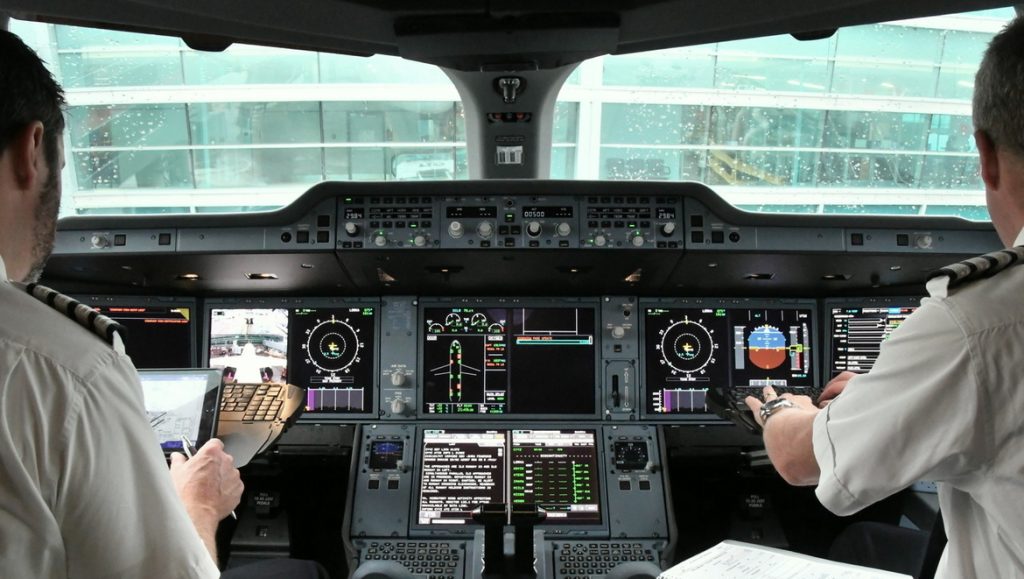
Despite ongoing challenges and record-low levels of demand for air travel, aviation industry experts expect around 600,000 more skilled pilots will be required over the next two decades.
According to a report by travel industry analysis firm Skift, the global pre-pandemic pilot shortage will return shortly after travel demand plateaus at normal levels, with the pandemic simply pressing “pause” on the issue.
“The pandemic has just temporarily made the issue seem like it isn’t an issue anymore,” Women in Aviation CEO Allison McKay said.
Once demand reaches pre-pandemic levels, McKay said, the shortage of pilots will be just as severe.
“The pandemic has caused the airlines to offer retirement to that older group of pilots, so when we go back to say, 2019 levels I think that by all accounts, the shortage could even be more urgent.”
Meanwhile, Boeing has released its own outlook report that suggests today’s figure of skilled pilots falls more than 600,000 short of the number required by 2040.
The figure has been achieved by interpreting of the number of natural retirements expected over the next 15-20 years – skilled pilots between the ages of 50 and 65 – combined with the above-average levels of attrition and early retirements in light of the pandemic.
In fact, according to president and CEO of the Regional Airlines Association Faye Malarkey Black, already at the first half of 2020, over half of the active pilot workforce was due to reach the mandatory age of retirement within 15 years.
Further, half of those were expected to retire within five years.
There are others in the industry who believe the pilot shortage may return sooner rather than later, particularly as younger pilots become disillusioned and dissatisfied with the turbulent, cyclical nature of aviation, fuelling further pre-retirement attrition.
RAA’s Malarkey Black stated that a lot of pilots were deterred from the career after the events of 9/11, which resulted in a similar act of furloughs and stand-downs.
“So those of us who have been around for a long time will talk about how 9/11 had a poisonous effect, and there was sort of a ‘last generation’ of aviators that saw the risk and saw an industry that was embattled and decided ‘this is not for me’,” Malarkey Black said.
Back in November 2020, World of Aviation reported that civil aviation training group CAE released its own pilot outlook report, that forecast the industry would require 27,000 new pilots by the end of 2021, and 260,000 by 2030.
The report stated, “CAE’s analysis shows that the fundamental factors influencing pilot demand prior to the COVID-19 outbreak remain unchanged. Age-based retirement and fleet growth were, and are expected to remain, the main drivers of pilot demand.”
Nick Leontidis, CAE group president, said, “As an industry, we have weathered global storms before and have learned from those setbacks. Following 9/11, the aviation industry failed to anticipate the important need of building a strong and steady supply of pilots to support the last decade’s record growth.
“Disruptive events are opportunities to innovate.”










